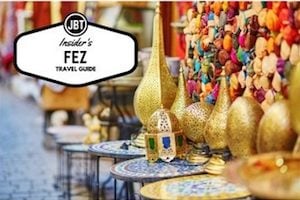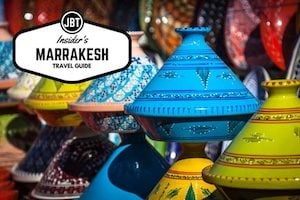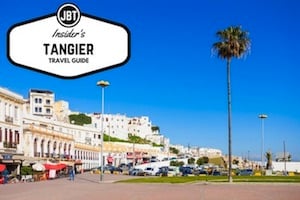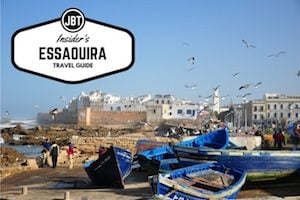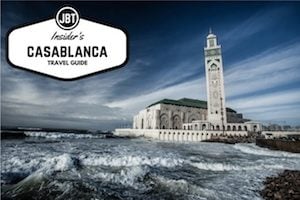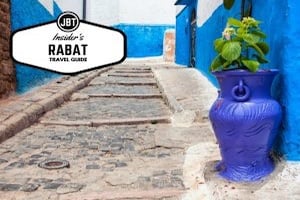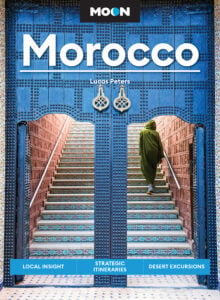“A whole new and exotic world. Different than anything I’ve ever encountered.” This is the feeling repeatedly expressed by foreign travelers after traveling to Morocco. The rousing sights, smells and sounds besiege your senses. Visitors are treated to an array of vibrant cities and landscapes. Tangier, Casablanca and Marrakesh are among the most popular urban destinations. Live the life of luxury by staying in a Riad found throughout Marrakesh, Fes or even Rabat. Or, spend some time shopping in the polychromatic markets sprinkled between Tangier, Casablanca and Marrakech.
Morocco Weather
Climate and temperature is never a factor when planning a Morocco tour. Generally throughout the country, the cooler months occur from October to April each year. Temperatures can, however, average around 30°C for the daytime and 15°C at night. The outdoor ski season takes place between the winter months of December to March.
Likewise, the summer months of June to September is the peak beach season. Some beaches experience dense fog in the early morning hours because of the variant temperatures. Created from the chilled mountain air mixing with the warmer air surrounding low lying areas, fog comes and goes rather quickly. As a rule, it does not detract from the fantastic beach adventures, such as surfing in Morocco, windsurfing and kitesurfing in Morocco.
One of the optimal time for traveling to Morocco is June to September. This period experiences the least rainy days and offers up moderate warm weather that is enjoyable to tourists and residents alike. However, the summer crowds often force travelers to book Morocco tours in the off-season: October through February. However, you can find remoteness or crowds galore no matter the season.
Morocco Events
Coming to Morocco would not be complete without taking some time to absorb the local custom event. In this religious frontier, there are events honoring local customs and ancient traditions. A perfect example of this is the presence of Islam and Sufism combined to create celebrations entailing devotional dancing, poetry and other artistic and aesthetic rituals.
Morocco also honors non-Islamic holidays through various progressions for men such as Moulay Idriss–though the country does not get a “day off.” These are referred to as Moussems. One Moussem celebration occurs in June of Ben Aissa that takes place in Meknes. Another moussem celebration is in September for Idriss II in the jubilant city of Fez. During this celebration, thousands gather to pay respect by trekking to his tomb. Both events are worthy of paying respect by foreign travelers as well.
Even so, the festive celebrations do not end here. Morocco hosts the World Music Festival each year in the city of Essaouria. This event is known the world over for what it brings to the presentation stage. The grand city of Marrakesh, moreover, plays host to the annual Marrakech Film Festival between September and December. Independent films produced by Arab and African film makers are showcased on the big screen. Not to be left off the list, too, is the Independence Day celebration that happens each year on November 18th. This is one of five celebrated national Moroccan holidays.
Morocco: Getting There
Many of the travel destinations can be reached from Europe via a one to three hour flight. This applies to destination origination points in Africa and the Middle East as well. International airports are conveniently located in Rabat, Tangier, Casablanca, Marrakech and Agadir.
For those travelers that are closer in proximity to Morocco, there is a car (and people) ferry available. These travel accommodations occur between Spain’s Algericas and Morocco’s Tangier and Ceuta cities. Bi weekly ferry trips are available between Gibraltar and Tangier as well. FRS offers a high speed ferry taking under 45 minutes Tangier-Tarifa and 2.5 hours Tangier-Alegerias.
Getting Around Morocco
One of the best ways to get around is via internal airline flights. These are smaller planes (usually double propeller) that travel the major cities inside Morocco. This is a rather expensive way to travel, but one of the best to see the sights from an aerial vantage point.
Airline travel is not the only way to get around the beautiful country of Morocco. The Moroccan Office National des Chemins de Fer (ONCF) maintains a Morocco train schedule that is second to none. These transportation options link major cities in Morocco to one another allowing effortless journeying. Train accommodations are comfortable and provide sleeping car space for overnight journeys. First class is only a couple dollars more and assigned seating is provided.
Another viable transportation option to traveling in Morocco is the various guided visits. Morocco tours give foreign travelers a first hand look at the eclectic hustle and bustle living that takes place in the quaint little villages and towns tucked away between the tourist popular big cities. It’s on such a customized trip that a traveler gets a true sense for authentic Moroccan life.
by Sam Mitchell
